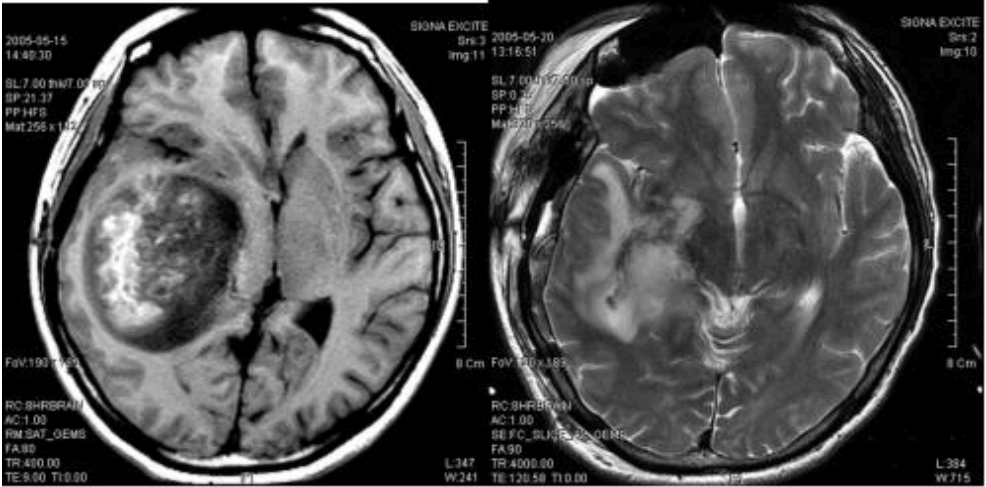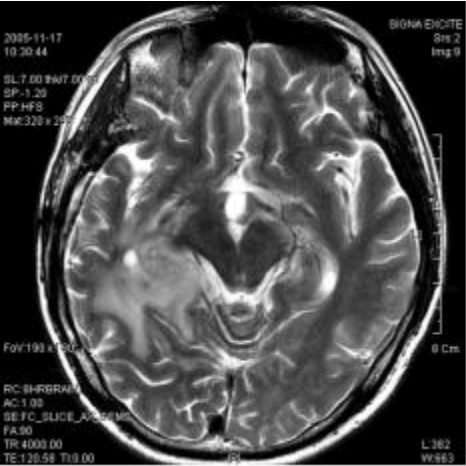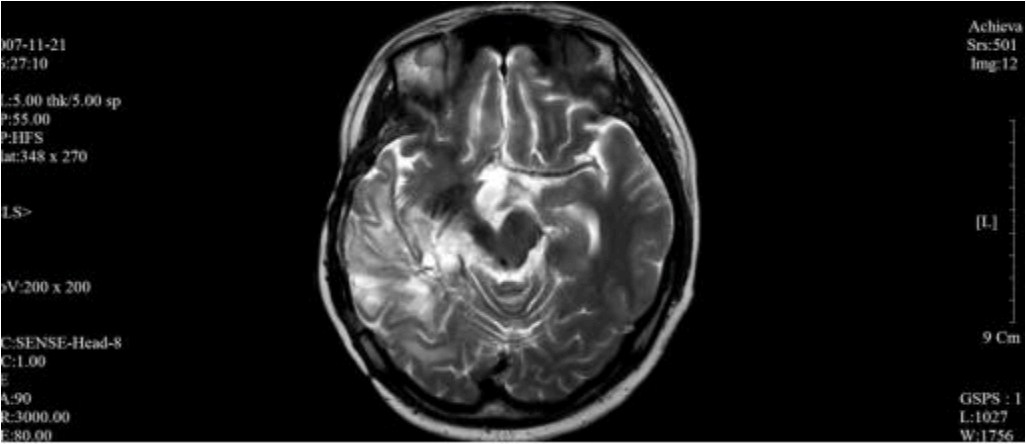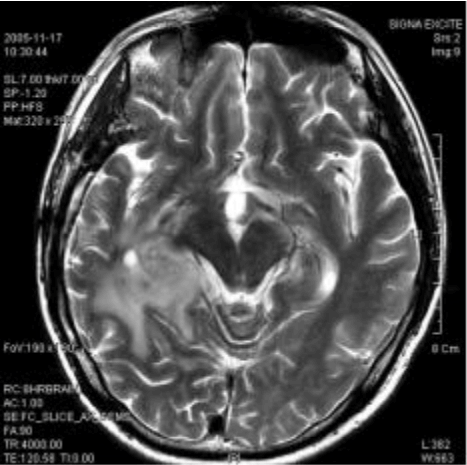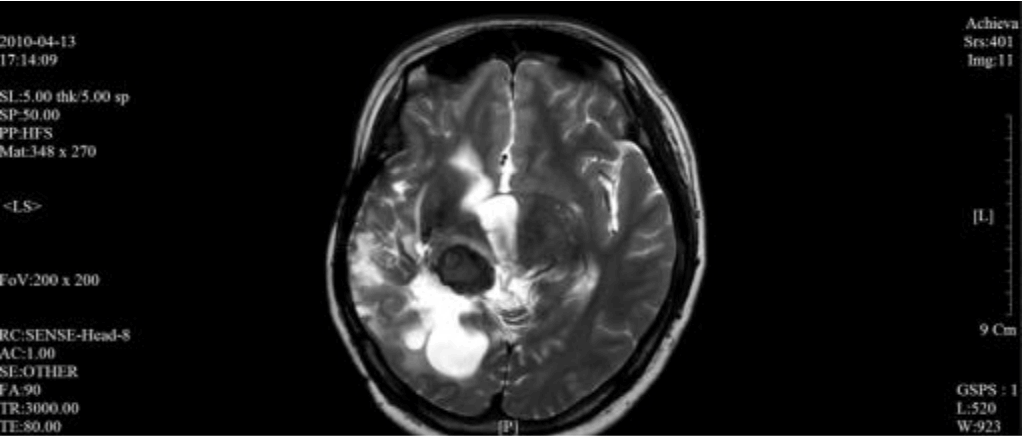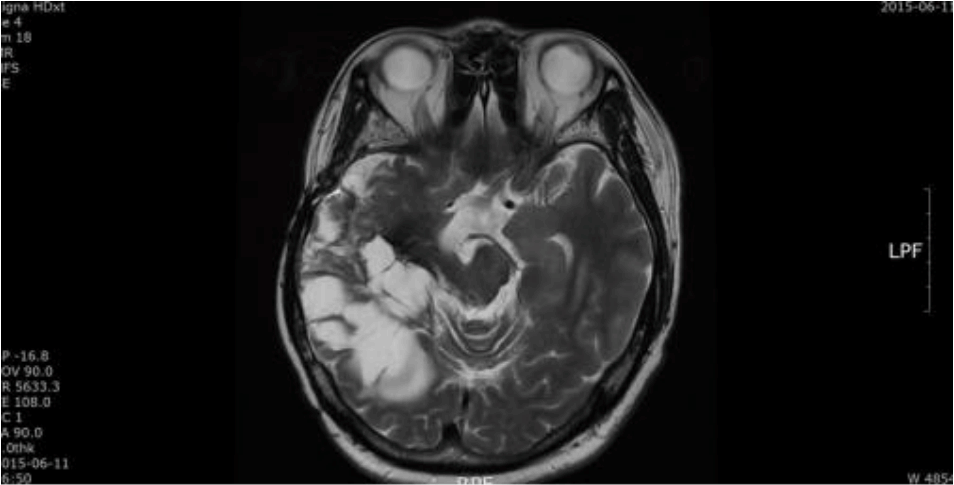References
1. Louis DN, Perry A, Reifenberger G, Deimling A, Figarella-Branger D, Cavenee WK, et al. The 2016 World Health Organization Classification of Tumors of the Central Nervous System: a summary. Acta Neuropathol 2016;10.1007/s00401-016-1545-1.
2. Nicholas S, Mathios D, Ruzevick J, Jackson C, Yang I, Lim M. Current Trends in Glioblastoma Multiforme Treatment: Radiation Therapy and Immune Checkpoint Inhibitors. Brain Tumor Res Treat 2013;1:2–8.
3. Jung KW, Yoo H, Kong HJ, Won YJ, Park S, Lee SH. Population-based survival data for brain tumors in Korea. J neurooncol 2012;109:301–307.
4. Jeong JS, Park JW, Yoon SW. A Case of Metastatic Brain Tumor Patient with Nausea and Vomiting Treated with Gamibokryungbanha-tang. Korean J Orient Int Med 2007;28(4):956–962.
5. Jeong UM, Kim HM, Jeong JS, Lee JS, Kim KS, Yoon SW. A Case Report of Regressed Metastatic Brain Tumors and Prolongation of Life with Allergen Removed Rhus verniciflua Stokes after Gamma Knife Radiosurgery. J Korean Med 2009;30(5):157–162.
6. Kang Th, Won JH. Clinical Study on 1 Case of Patient with Astrocytoma. J Korea Oriental Oncology 2000;6(1):181–188.
7. Wang Z, Chen S, Wang L. A Comprehensive Curative Effect of Malignant Brain Tumors Treated With VM26+MeCCNU and TCM. Cancer Prev Treat Res 2000;27(2):152–153.
8. Zhou J, Liu H, Zhao M. Clinical research on Naoliu (Brain Tumor) powder in treating brain gliomas. Tianjin J Trad Chinese Med 2008;25(4):277–280.
9. Fan Y, Hu Y, Li Y. Antifebrile Effect of Naoreqing oral Liquid on Post-operational Fever of Glioma or Meningioma Patients. Cninese J Int Med 2001;21(6):406–408.
10. Zhang J. Analysis of Application of High Doses of Aconite Treatment of Typical Cases of Brain Tumor. Systems Med 2016;1(4):60–63.
11. Sun W, Cui J, Zhu Y, Cao Y, Sun Y, Wang Z. Discussion and Analysis of Contemporary Famous Chinese Medicine Experts’ Clinical ExPeriences in Treating Brain Tumors. J Liaoning Univ TCM 2014;16(4):59–60.
12. Guo C, Zhu G. Summary of the Features of Qian Bowen’s Thoughts on Clinical Treatment of Brain tumor. World Chinese Med 2015;10(10):1552–1554.
13. Dolecek TA, Propp JM, Stroup NE, Kruchko C. CBTRUS statistical report:primary brain and central nervous tumors diagnosed in the United States in 2005–2009. Neuro Oncol 2012;14(suppl5):v1–v49.
14. Do YS, Jung KW, Ha J, Seo Y, Park CK, Won YJ, et al. An Updated Nationwide Epidemiology of Primary Brain Tumors in Republic of Korea, 2013. Brain Tumor Res Treat 2017;5(1):16–23.
15. Omuro A, DeAngelis LM. Glioblastoma and Other Malignant Gliomas: A Clinical Review. JAMA 2013;310(17):1842–1850.
16. Chung MJ, Park JY, Bang S, Park SW, Chung JB, Song SY. Phase II clinical trial to evaluate the efficacy and safety of activated T-lymphocyte cell therapy in gemcitabine refractory advanced pancreatic cancer. Pancreatology 2013;13(4):S45.
17. Shin YS, Lee JA, Bae SH, Lee SY, Jang MK. Investigation into the Use of Complementary and Alternative Medicine and Factors Affecting Use in Korean Patients with Brain Tumors. J Korean Acad Fundam Nurs 2013;20(2):147–156.
18. Lee JK, Song YK, Lim HH. Analgesic and anti-inflammatory effect of Scutellaria baicalensis. J Korean Med 2007;28(4):124–135.
19. Lee HY, Kim JE, Kim M, Kim JH. A review of traditional Korean medical treatment for cancer-related cognitive impairment. J Korean Med 2016;37(3):74–86.
20. Verlut C, Mouillet G, Magnin E, Buffet-Miny J, Viennet G, Cattin F, et al. Age, Neurological Status MRC scale, and Postoperative Morbidity are Prognostic Factors in Patients with Glioblastoma Treated by Chemoradiotherapy. Clinical Med Insight: Oncology 2016;:1077–1082.
